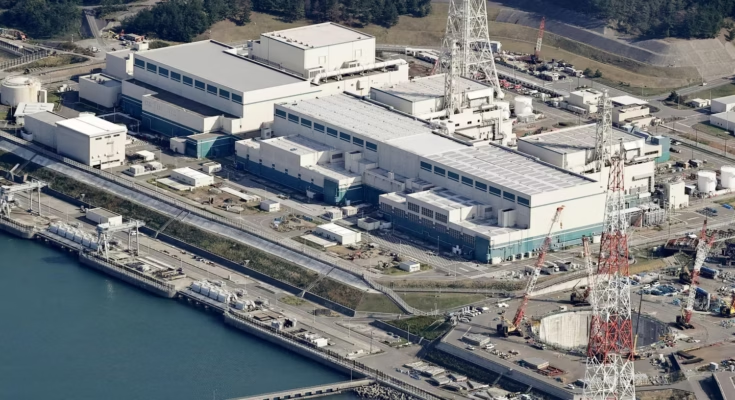The world’s largest nuclear power plant, located in Japan, received approval from local authorities to resume operations on Friday, November 21. An important step in returning the facility to service following the Fukushima disaster in 2011 and the shutdown of all reactors in Japan.
Hideyo Hanazumi, governor of Niigata Prefecture (central west) where the Kashiwazaki-Kariwa plant is located, stated at a press conference that he “will agree” resumption of activities, which still needs final approval from the country’s nuclear regulator.
Japan shut down all its nuclear reactors after three disasters – an earthquake, tsunami and nuclear disaster – in Fukushima in 2011, while the public expressed concern about this energy source.
But the resource-poor country wants to reduce its dependence on fossil fuels, achieve carbon neutrality by 2050, and meet growing electricity demand linked to artificial intelligence. In total, 14 reactors – mostly located in the west and south of the country – have been put back into operation following the establishment of strict safety standards.
The Kashiwazaki-Kariwa site, which stretches over 400 hectares on the coast of the Sea of Japan, facing the Korean Peninsula, will be the site of the restart of nuclear power plants by Tepco, operator of Fukushima Daiichi, since the disaster. The sprawling complex has been equipped with a 15-meter tsunami barrier, a new high-mounted electrical emergency system and other safety features.
Dependence on imported fossil fuels
Before the 2011 earthquake and tsunami, which killed about 18,000 people, nuclear power accounted for about a third of electricity generation in Japan, with the rest coming mostly from fossil fuels. In July, utility company Kansai Electric Power announced it had taken the first steps toward building the country’s first new nuclear reactor since the Fukushima disaster.
Japan is the world’s fifth largest emitter of carbon dioxide after China, the United States, India and Russia, and relies heavily on imported fossil fuels. Nearly 70% of Japan’s electricity needs in 2023 will be met by geothermal power plants that use coal and hydrocarbons. The country has set a goal of reducing the contribution of thermal power plants to 30 to 40% of its electricity mix by 2040.
In June, Japan adopted a law allowing the life of nuclear reactors to be extended beyond sixty years as compensation for nuclear reactor-related shutdowns. “unforeseen circumstances”. The island nation wants to make renewable energy its main source of electricity by 2040. In this context, nuclear power should represent around 20% of the country’s electricity production by this deadline, compared to 5.6% in 2022.



